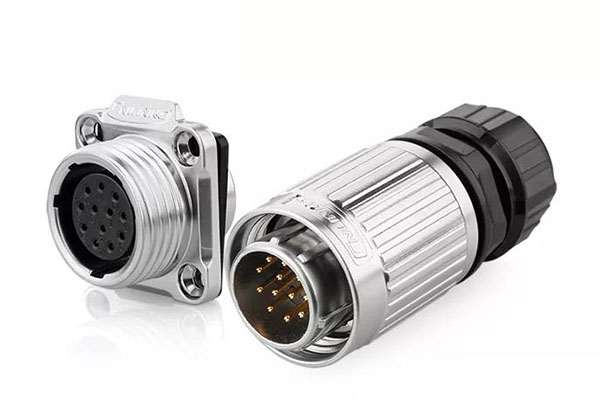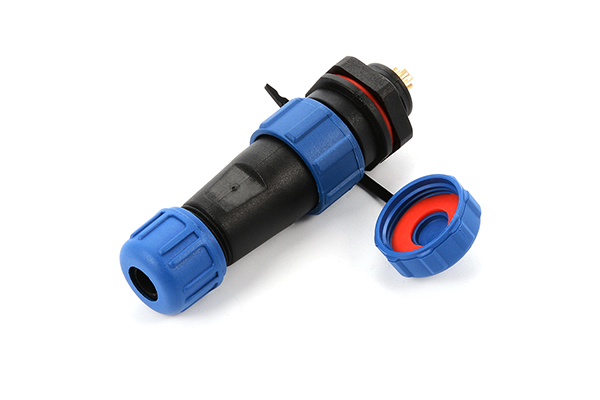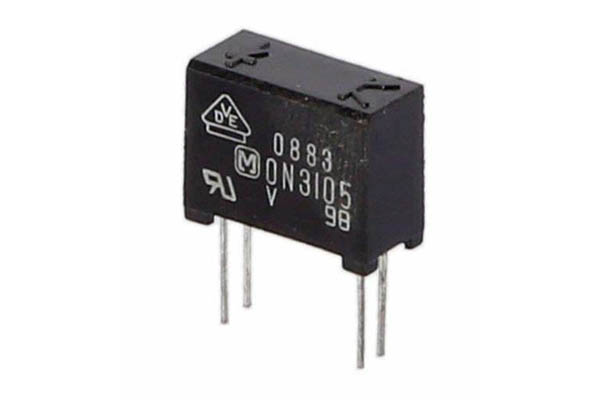Waterproof connectors, also known as waterproof terminal connectors, play a crucial role in ensuring reliable and secure electrical connections in various environments. These connectors are designed and selected based on the specific application requirements and environmental conditions to meet the varying demands of electrical connectivity. In this blog post, we will explore the different wiring methods for waterproof connectors and discuss their characteristics and applications.
Wiring Methods for Waterproof Connectors:
Soldering:
Soldering is the most common wiring method used for connectors, with tin solder being frequently employed. This technique involves joining the connector and the cable by soldering them together using soldering material. During the soldering process, it is important to avoid weak solder joints and excessive soldering time to prevent damage to the insulating material. Soldered connections are permanent and cannot be easily disassembled.
Crimping:
Crimping is a technique used to compress and displace metals within specified limits to establish a secure connection between wires and contacts. A good crimp connection results in metal fusion, creating a mechanically strong and electrically continuous joint. This method is similar to cold welding and offers excellent resistance to harsh environmental conditions. Crimping requires specialized crimping tools, such as manual or automatic crimping machines. It is important to note that crimped connections are permanent and can only be used once. However, individual contacts within a connector can be detached and replaced when needed, making it suitable for high contact density applications.
Wrapping:
Wrapping involves directly winding the wire around the angular posts of the contact component. During the wrapping process, the wire is tightly wound and secured at the angular corners of the contact component to ensure an airtight and reliable connection. Tools such as wrapping guns or fixed wrapping machines are used for this method. However, this wiring method is less commonly used in circular connectors.
Screw Terminal Connection:
The screw terminal connection, also known as the screw clamp connection, involves tightening a screw to securely fasten the stripped end of the wire within a terminal hole. This method utilizes commonly available tools like screwdrivers and does not require specialized equipment. One of the key advantages of the screw terminal connection is its ease of disassembly and reusability. It is particularly suitable for connectors that need to be frequently connected and disconnected, allowing for reuse across different devices.
Conclusion:
Waterproof connectors offer essential protection and reliable electrical connections in challenging environments. The choice of wiring method for these connectors depends on the specific application requirements and environmental conditions. Soldering provides a secure and permanent connection, while crimping offers excellent mechanical strength and electrical continuity. Wrapping is less commonly used, and screw terminal connections provide convenience and reusability. By understanding these different wiring methods, users can select the most appropriate technique for their waterproof connector applications.




